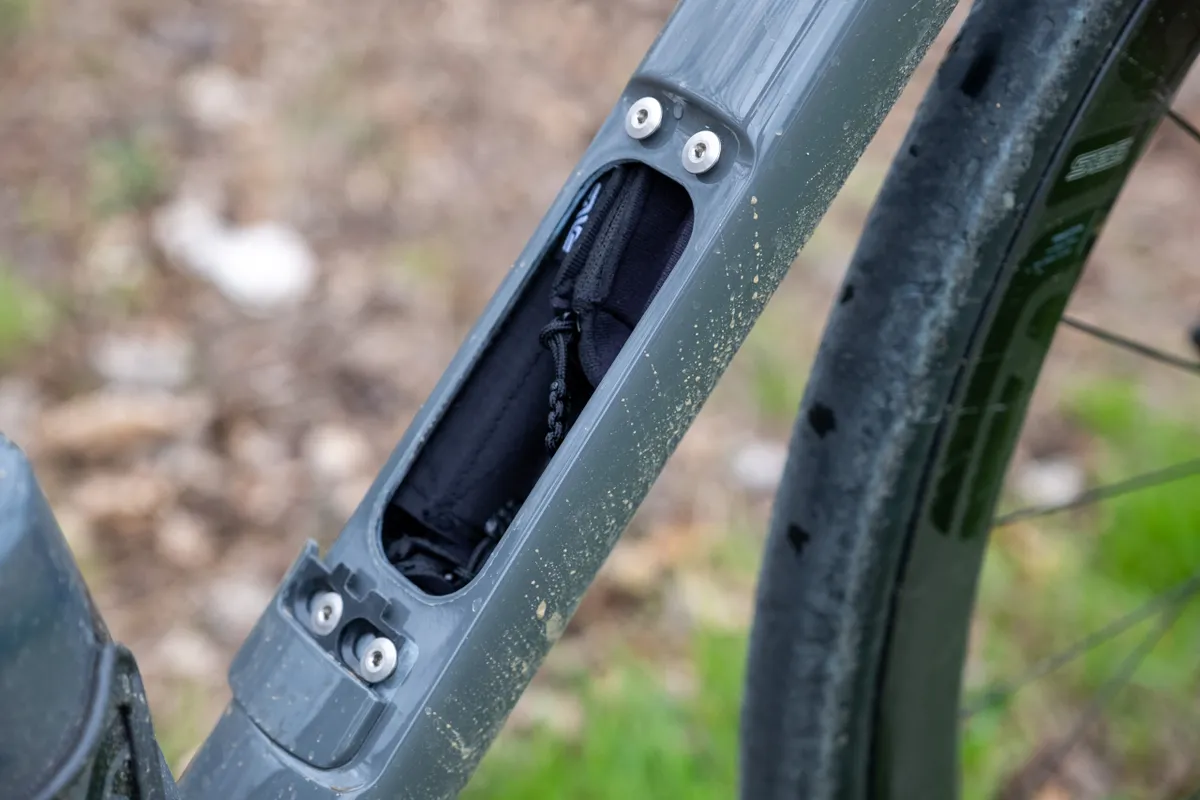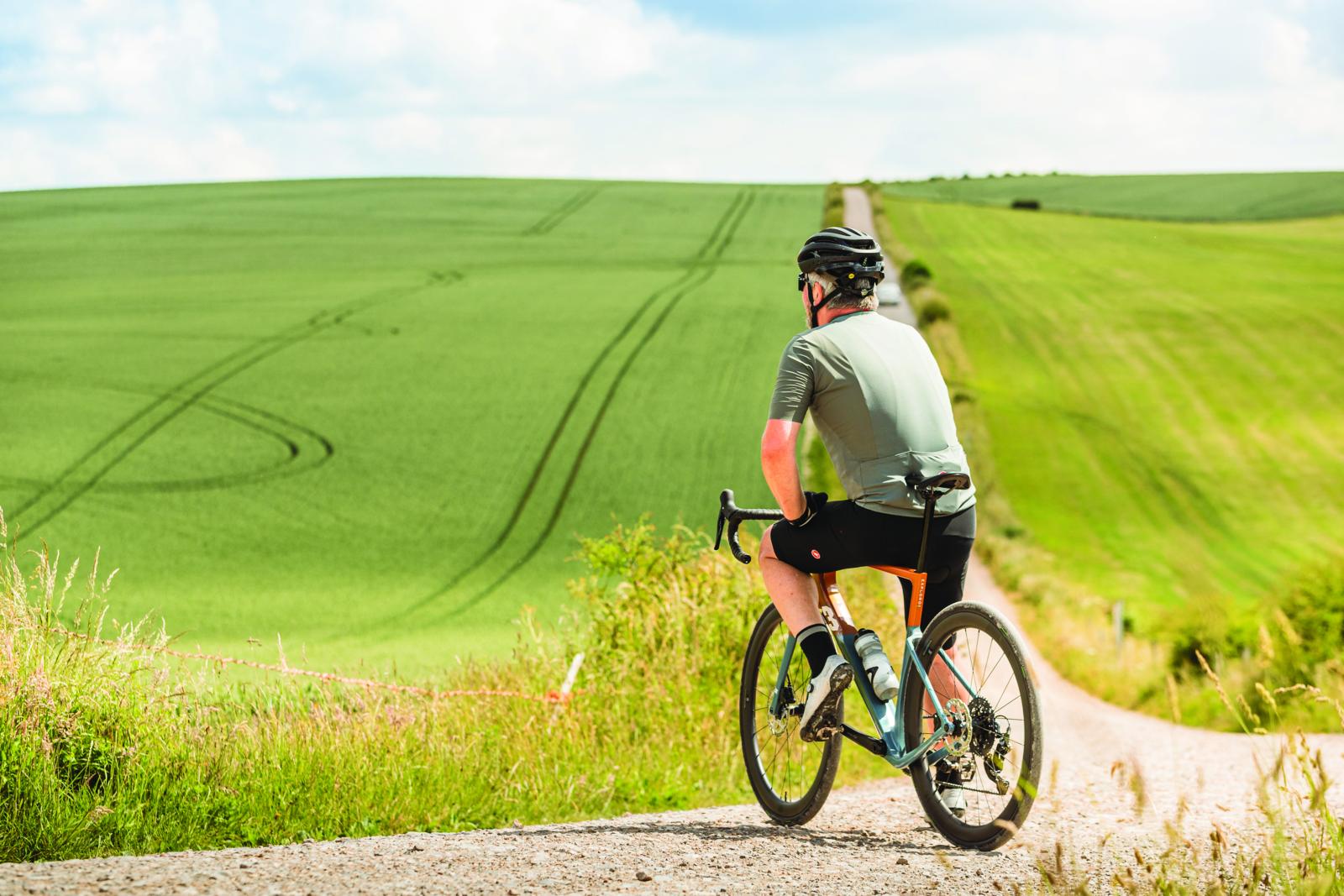The endurance road bike is back – and back with a bang.
From a few years ago, when we thought that the endurance bike would be subsumed by gravel, the endurance category is resurgent once more.
Cannondale’s new Synapse is the latest endurance bike to hit the market, and shows how far the category has come. It has aero touches from the SuperSix, clearance for 42mm tyres, frame storage and mudguard mounts, and some clever integrated tech.
Endurance bikes have never been more exciting, and that’s a very good thing indeed. In fact, I’d go as far as saying they’ve gone from being on the brink of extinction a couple of years ago, to being in rude health in 2025.
More on endurance road bikes
- You should buy an endurance road bike, not a race bike – and here’s why
- Best endurance road bikes: our pick of the best bikes for speed and comfort
Green shoots

The shoots of a resurgence started to emerge when Trek updated the Domane, becoming the SLR 7 in 2022. It dropped a fair chunk of weight, lost the front IsoSpeed pseudo-suspension in favour of improved aerodynamics and simplicity, and upped the tyre clearances to a then-huge 38mm.
Oh, and it had down tube storage, too – now a favourite feature of mine.
When Specialized launched the latest Roubaix SL8 a year later in 2023, Trek’s US rival followed suit. The Roubaix got a bit lighter, took aero cues from the Tarmac, and the geometry returned to being a bit more racy.
Tyre clearance was a big talking point then, too, with the Roubaix taking things further by offering room for 40mm rubber.
We’ve since seen Giant redefine the Defy as a pure-bred road bike, with a 785g frame, and complete bikes coming in at pro-bike-like weights. It’s a svelte road bike with a more forgiving ride and geometry. All very good things, helping the latest Defy become one of my favourite bikes in recent years.
In fact, I handed it our Road Bike of the Year award in 2024.
Endurance essentials

All three of these bikes shine because they absolutely nail the five must-haves of a modern endurance machine.
- Comfort – built into the frame, but considered in the component choices, too. Crucially, though, increased tyre clearance has seen some of the big players simplify the pseudo-suspension seen on previous-generation endurance bikes
- Geometry – A shorter reach and taller stack to improve comfort for the rider, but not as relaxed as many earlier endurance bikes. The latest endurance geometry, on many of the best bikes, is definitely more of a sporting geometry (but not a back-breaking pro geometry)
- Tyre clearance – much increased tyre clearance to improve ride quality and allow for unpaved surfaces to be tackled comfortably. I’d say a modern endurance bike needs 40mm minimum. That gives ample room for a 35mm tyre and proper mudguards/fenders
- Practicality – Frame storage is a must for me, and mudguard provision, too. Cannondale has taken practicality to the extreme with the SmartSense integrated light/radar system, but it remains to be seen how that’ll go down with the paying public
- Aerodynamics – With our understanding of aerodynamics developing at pace over the years, alongside the knowledge that it's important even at lower speeds, the latest endurance bikes commonly feature aero touches. After all, who doesn’t want to go faster for free?
Blurring the lines

Any endurance bike worth its salt needs to pay careful attention to those, but the endurance category remains broad.
We’ve got bikes that are hard to define, like 3T’s new Strada Italia. It has the all-out aerodynamics of a race bike, including a super-deep head tube (one of this year’s most divisive tech trends) and rear wheel cutaway, but combined with a ride position that’s totally in the endurance space.
Elsewhere, Ribble has taken an interesting approach with the latest Allroad SL R and Allroad SL.
The Allroad takes cues from Ribble’s radical Ultra SL R platform, and brings integrated aerodynamics and a clean cockpit to an endurance bike, but why it’s called the Allroad, I’m not sure. It’s very much a road-going bike, and I said as much in my recent review.

Looking at tyre clearance specifically shows how quickly things are moving, and the risk some brands face in getting left behind.
Cervélo’s latest iteration of the Caledonia 5 brought in down tube storage and a smooth ride, but the Canadian brand was a little conservative on tyre clearances at 36mm.
Now, despite the recent launch of 40mm+ road tyres (anyone seen Pirelli’s new 55mm Cinturato tyres?), I know not everyone is interested in running super-wide rubber – and I’m not here to tell you to do so.
But endurance bikes with clearance in the mid-30s could start to look a little dated, and limit their versatility for riders who want to explore a little further off the beaten path.
Refining the blueprint

Bringing things back to my blueprint for endurance bikes, I was really intrigued by the new Synapse when it launched earlier this month.
The previous-generation Synapse stepped away from the racier endurance roots of the Synapse – remember, the Synapse is a bike Peter Sagan used to ride at the Classics a decade ago.
The new 2025 (model year 2026) Synapse has returned to being a sporty option for the road, albeit with the expanded tyre clearance.
It's lighter, has more aerodynamic shaping inspired by the SuperSix Evo, and, according to Cannondale, adds comfort thanks to a seat tube influenced by the SuperX gravel race bike.
The frame features a large down tube storage port to house spares and, this is where it gets really interesting, a battery to power the SmartSense system and the drivetrain on SRAM-equipped bikes.

The integration of SmartSense was perhaps the most divisive element of the previous Synapse. It powered a front light, rear light, and rear radar using Garmin’s tech, all running from the downtube-mounted battery.
While I liked the system – running a single battery for all those elements made it easy to live with, and I’m a convert to bike radar systems – the integration was rather clunky. The external battery, and chunky light and bracket, all added weight and didn’t have the seamless integration you’d expect from a Cannondale design.
The new Synapse appears – in terms of looks – to do a much better job, to the point where Lachlan Morton rode an (at the time) unreleased Synapse in his record-breaking lap around Australia. We and the rest of the cycling media all said the bike didn’t look to have SmartSense – but we were wrong. It did, it’s just the battery was hidden in the frame.
I’ll be wrapping up my review of the Synapse soon so, while it’s clearly good enough for Morton’s 14,200km lap of Australia (in 30 days!), I’ll let you know how it fares on my local roads, and whether Cannondale has got SmartSense right the second time round.
Aren’t we just talking about gravel bikes?

The Synapse ships with 32mm tyres but if the frame has clearance for 42mm, aren’t we now just talking about gravel bikes?
The Synapse’s geometry is still very much pointed at the road. Indeed, it looks every inch a road bike, like the slinky Defy, but it’s something new – an endurance bike, but one that does take some cues from the all-road space.
Some may argue that this evolution of the endurance bike is just where gravel was a few years ago. That's really not the case; those gravel bikes with more conservative tyre clearances from a few years ago based their geometry on the classic cyclocross bike silhouette.
Steeper angles, lower stacks, and longer reach, which, along with higher bottom brackets for off-road clearance, didn’t optimise them for the road.
Certainly not in the way that modern endurance bikes with a bit of rough road optimisation do, look at the latest Specialized Roubaix, Trek Domane, Cervélo Caledonia, and now the latest Cannondale Synapse.
For everyday road riders, the latest endurance bikes are more exciting, versatile and performance-ready than ever.
Of course, they’ve evolved, but the result – a performance endurance bike with a go-anywhere spirit – is something I can get on board with.
Bikes that people want to buy

I’ve argued before that endurance bikes are the bikes that most of us should be riding, and the latest crop combines sensible all-day geometry with practicality, versatility and clean, well-proportioned looks.
That last point is important, and hasn’t always been the case with early endurance bikes, which had hugely elongated head tubes, looked like drop-bar hybrids, or, in larger sizes in particular, had the footprint of a farmer’s gate.
Integration on bikes is here to stay, whether you like it or not. There’s no doubt about it, integrated cockpits can cause fit headaches (and land you with a costly maintenance bill) – and the bike industry has a responsibility to make these designs as user-friendly as possible.
However, on the flip side, the clean looks are appealing to many riders, and I’d wager a cable-free bike on the shop floor is likely to sell better than one with exposed cables.
The likes of the new Defy, Synapse and Canyon Endurace, to name three, have got properly sorted looks and follow the latest design cues.
They’re bikes that people want to buy – and, if they’re also the bikes that many road riders (including those who want to dabble on rough roads or light gravel) should be buying, that’s a winning formula.



